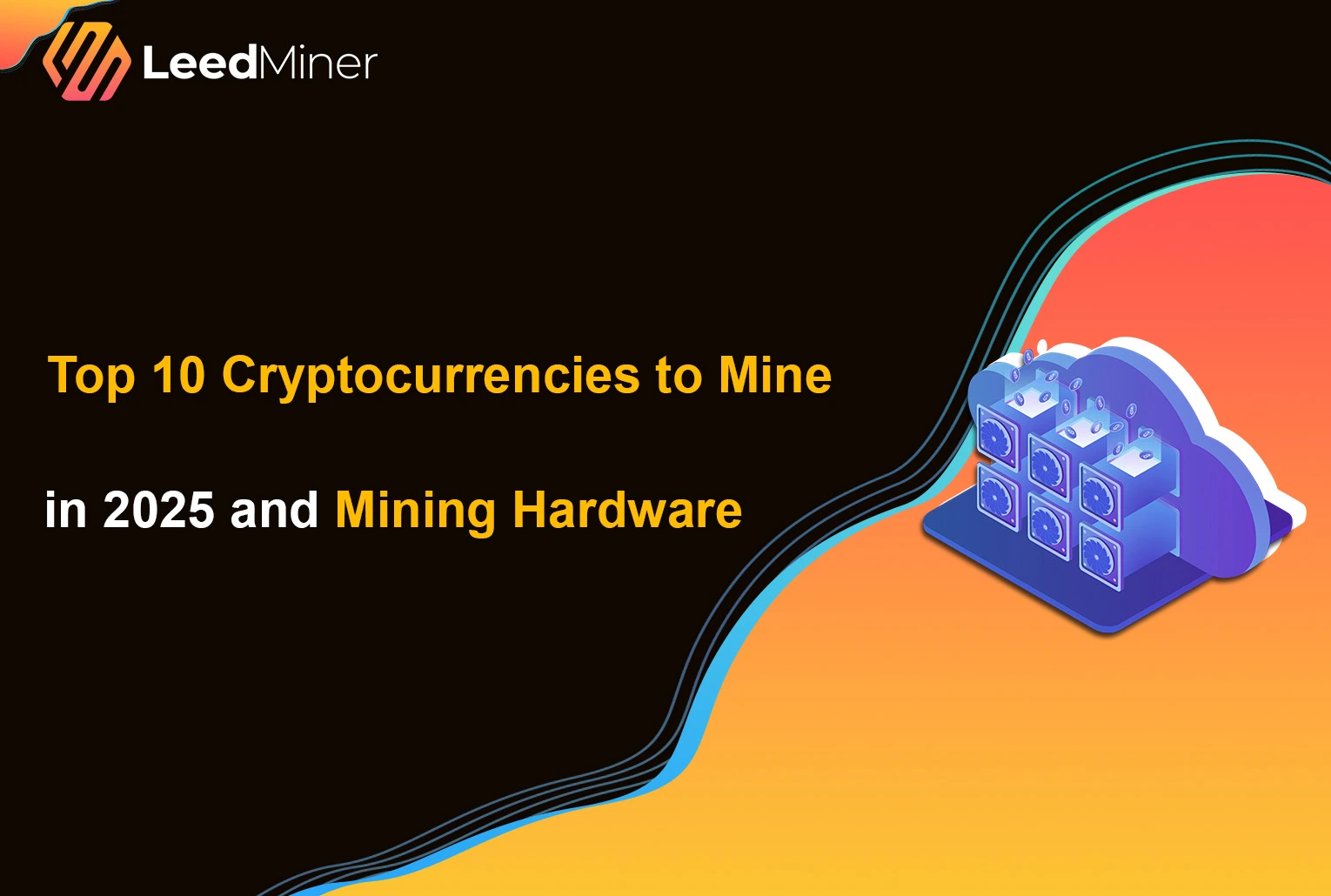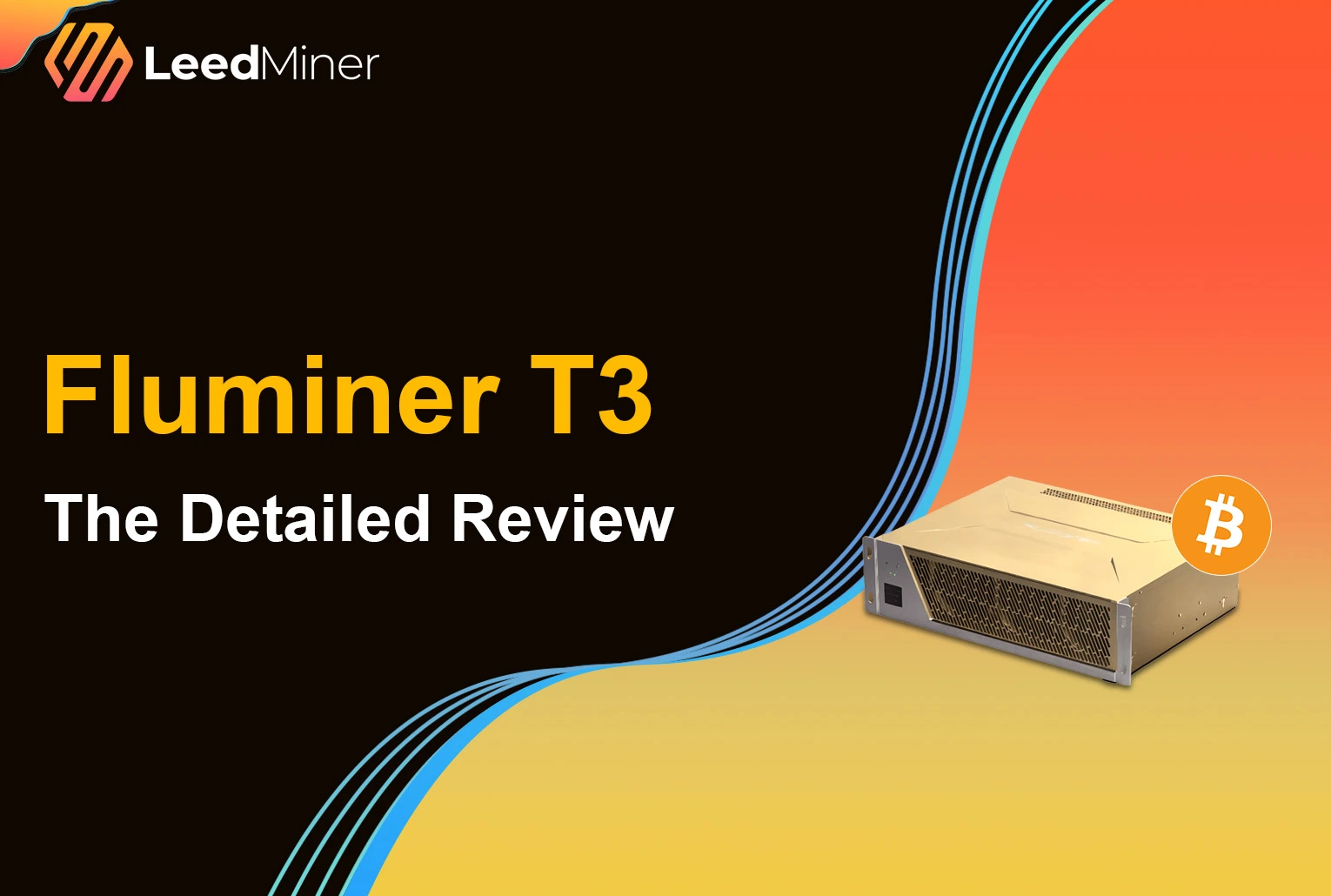SUMMARY
Cryptocurrency mining Scrypt merged mining
Overview of Cryptocurrency Mining
Cryptocurrency mining is a critical part of blockchain technology that supports the operation of decentralized networks. Through mining, globally distributed miner nodes validate transactions and record them on the distributed ledger. Since cryptocurrencies do not rely on traditional financial institutions like banks or governments, this process is essential to ensuring their security. Mining involves solving complex cryptographic puzzles to validate transactions and maintain system security. Miners who solve these puzzles are rewarded with cryptocurrency. However, mining requires significant computational power and energy costs. Furthermore, cryptocurrency mining helps prevent fraudulent activities, such as double-spending, providing security for the blockchain network.
Key Factors to Consider Before Mining
-
Electricity Costs
Mining consumes a large amount of electricity, and electricity prices are a core factor affecting profitability. Many professional miners move to regions with lower electricity costs to maximize profits.
-
Market Price Volatility
Cryptocurrencies are highly volatile, so understanding historical price trends is important. Choosing coins with stable prices and growth potential can improve mining investment returns.
-
Mining Hardware Compatibility
The hardware used for mining is fundamental. ASIC miners are specifically designed for certain cryptocurrency algorithms. For example, Bitcoin miners are designed for the SHA-256 algorithm. Ensure your mining hardware supports the relevant algorithm for the coin you want to mine.
-
Regulatory and Legal Considerations
Mining legality varies by region. Before starting mining, make sure to understand the relevant laws in your country or region to avoid any legal risks.
Top 10 Cryptocurrencies to Mine in 2025 and Recommended Mining Hardware
1. Bitcoin (BTC)
- Overview
Bitcoin
- Mining Situation: Bitcoin’s total supply is capped at 21 million, with 1.12 million remaining to be mined. Its network has a hash rate of 789.95 EH/s and a mining difficulty of 108.52T, making Bitcoin mining highly demanding in terms of hardware and energy.
- Recommended Mining Hardware
Antminer S19k Pro
Whatsminer M50
2. Litecoin (LTC)
-
Overview Litecoin
-
Mining Situation: Litecoin mining is increasingly popular, and many pools support merged mining, allowing miners to mine multiple coins simultaneously, including Dogecoin (DOGE), BEL, and others.
-
Mining Advantage: Merged mining enhances profitability by diversifying rewards.
-
Recommended Mining Hardware
3. Dogecoin (DOGE)
-
OverviewDogecoin
-
Mining Situation: With its infinite supply, Dogecoin mining rewards remain stable, generating 10,000 DOGE per minute.
-
Mining Advantage: Dogecoin’s community support and price volatility make it a promising mining option.
-
Recommended Mining Hardware
Antminer L9
4. Ethereum Classic (ETC)
-
OverviewEthereum Classic
-
Mining Situation: Ethereum Classic offers a block reward of 3.2 ETC with an average block time of 13 seconds. GPU miners are the primary participants.
-
Recommended Mining Hardware
5.Aleo (ALEO)
- Aleo is a privacy-focused Layer 1 blockchain designed for zero-knowledge applications. It allows developers to build private, decentralized apps using zero-knowledge proofs (zkSNARKs), combining scalability with on-chain privacy.
- Mining Situation: Aleo is currently in its testnet phase, but has gained massive attention from miners due to its SNARK-based proof-of-work system. Mining requires significant GPU or specialized ASIC performance to generate valid proofs.
- Mining Advantage: As an early-stage network, mining Aleo offers potential long-term gains through token distribution and future mainnet incentives. Its ZK-based proof generation introduces high computational complexity, making it ideal for parallel, high-throughput miners.
- Recommended Mining Hardware
IceRiver ALEO AE3
IceRiver AE1 Lite
6. Alephium (ALPH)
-
OverviewAlephium
-
Mining Advantage: Alephium’s network is growing, providing high throughput and fast transaction confirmation times. The mining difficulty is moderate, making it a good choice for beginner miners.
-
Recommended Mining Hardware
7. Kaspa (KAS)
-
OverviewKaspa
-
Mining Advantage: Kaspa offers fast transaction speeds and energy-efficient mining algorithms.
-
Recommended Mining Hardware
8. Kadena (KDA)
-
Overview
Kadena
-
Mining Advantage: Kadena offers efficient and stable blockchain performance, making it suitable for professional miners.
-
Recommended Mining Hardware
9. Grin (GRIN)
-
Overview:Grin is a privacy-focused cryptocurrency based on the Mimblewimble protocol. It supports two mining algorithms:
-
Cuckatoo32+ (ASIC miners)
-
Cuckaroo29 (GPU miners)
-
Mining Advantage: Grin provides strong privacy features and flexible algorithm choices, lowering the entry barrier for miners.
-
Recommended Mining Hardware
-
iPollo G1
-
iPollo G1 Mini
10.Nervos Network (CKB)
-
Overview:
Nervos Network
is a multi-asset blockchain platform that attracts developers and miners due to its flexibility and robust ecosystem. -
Mining Advantage: Nervos’ simple PoW consensus mechanism makes it suitable for miners of all scales. It has strong ecosystem growth potential and multi-asset support.
-
Recommended Mining Hardware
These cryptocurrencies represent the top mining opportunities for 2025, offering good profitability, diverse mining options, and strong future potential. Choosing the right coin and hardware based on your mining goals can help maximize your returns while minimizing risks. Mining in 2025 remains an attractive yet challenging endeavor. The cryptocurrencies listed above represent some of the best opportunities based on current market trends, mining difficulty, and hardware compatibility. While Bitcoin remains the most popular and valuable option, alternative coins such as Ravencoin, Kadena, and Alephium offer unique advantages, especially in terms of hardware accessibility and potential profitability. Miners should take into account electricity costs, mining hardware, and the evolving regulatory landscape before committing to any particular coin. By selecting the right cryptocurrency and hardware, miners can ensure long-term profitability and contribute to the growth of decentralized networks.



